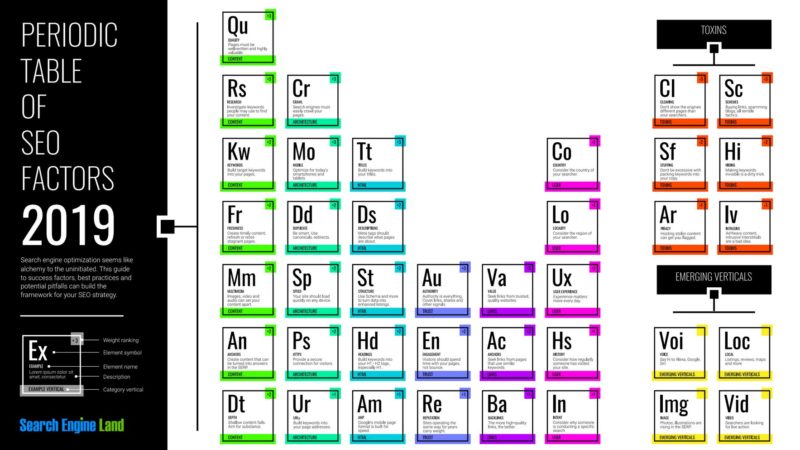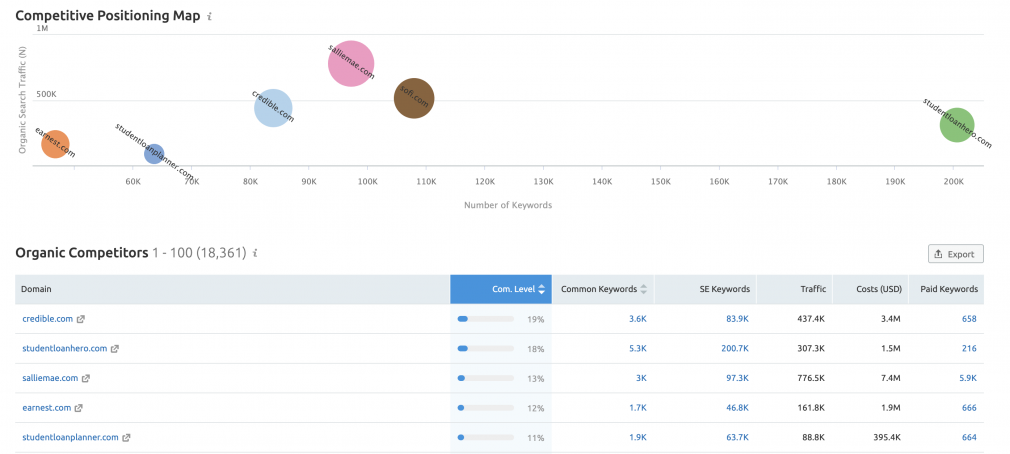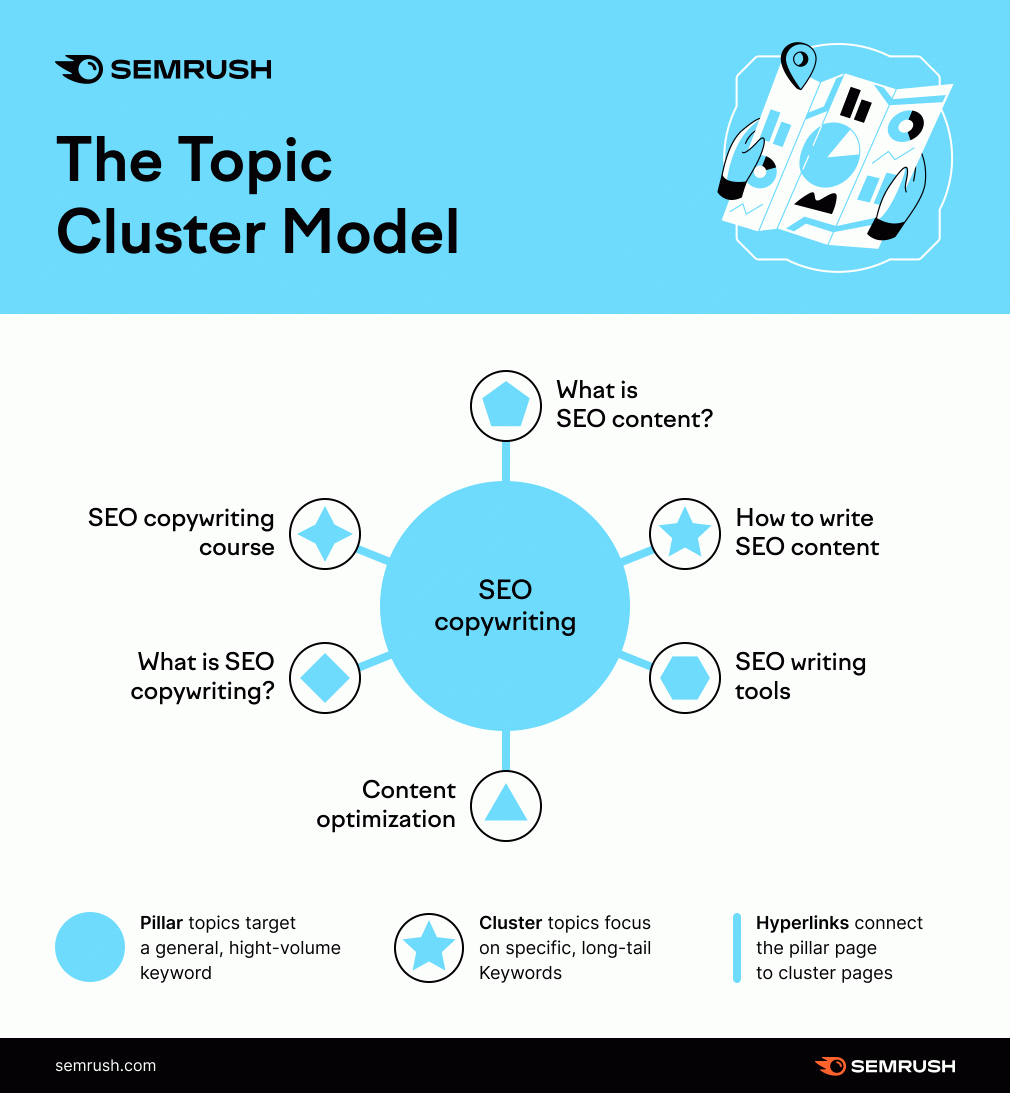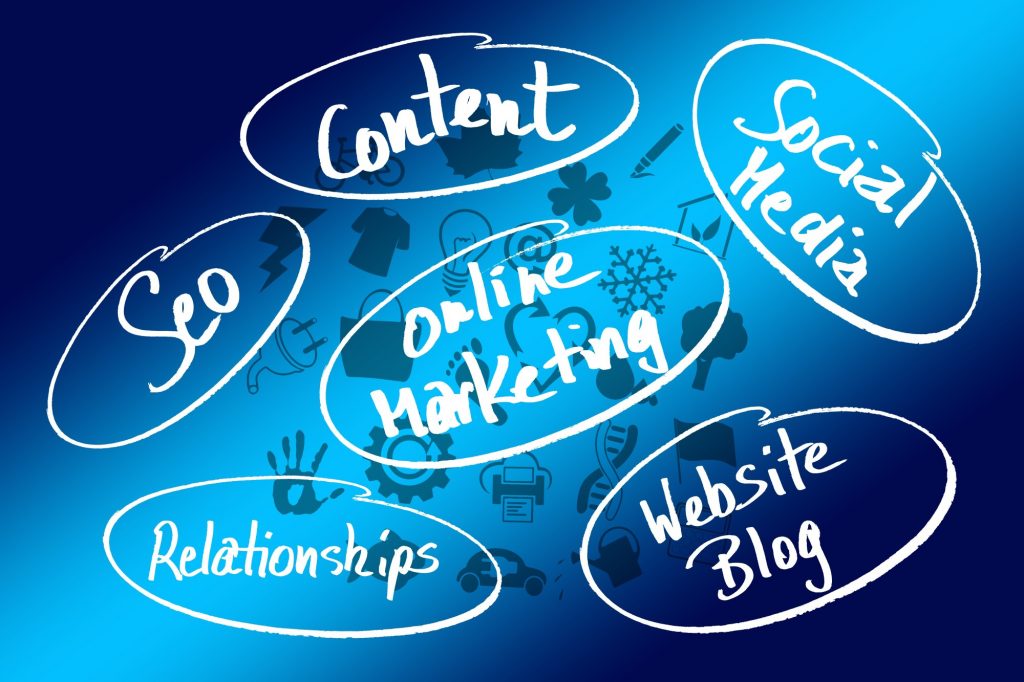How to Develop a Winning SEO Strategy
Did you know that 60% of small businesses in the UK fail within the first five years? This is a stat that probably strikes fear into your startup-owner heart, but it’s 100% true. But what if we told you that there were ways that you could avoid joining the ranks of these businesses? What if we told you that there were concrete steps that you could take to make sure that your business succeeds?
Well, it’s true! When you come up with a good SEO strategy to make sure that the consumers who matter find your site, you become much stronger within your industry.
Here, we’re going to talk about the many basic methods that you can use search engine optimisation to grow your business. Read on to learn how you can come up with a well-executed SEO marketing strategy that helps your business soar to new heights.
Do Your Research
Before you can create a comprehensive strategy for SEO, it’s important to do a bit of research. This means looking into other the many methods for optimisation, how your competitors are doing, and what strategies are making others in your industry thrive. Read on for some ideas as to how you can do this research and learn how to set up an effective SEO strategy!

Learn About SEO
Before you can begin using SEO methods to improve your relationship with consumers, you need to do a bit of work to learn what SEO is. If you’re a beginner, you may not know much about search engine optimisation (SEO). It basically refers to using a combination of on-site and off-site strategies to boost your site up in Google rankings.
Search engine crawlers will analyse the traffic, engagement, relevance, and keywords on your site to reach the audience that’s most interested in your business. The goal of SEO is to boost your web traffic and get more people interested in the services you have to offer. Since 71-92% of web users don’t go past the first page when browsing Google results, it’s a pretty darn good way to generate interest in your business!

Perform Some Competitor Research
After you do a little more research and read our blog post on what SEO is, you’ll want to begin doing competitor research.
Competitor research is an analysis of what your direct competitors are doing to make their websites successful. Determine who your biggest competitors are and head over to their websites.
From here, you can look at their blog posts and jot down the keywords that they seem to be ranking for. You can look more into these keywords when you begin developing your on-site content strategy, but just make a note of them for now!
You also will want to make a note of what design trends and types of content seem to be the most engaging for users. This is doable with common sense, but you might want to install Google Analytics for this. Copy-paste the competitor site URL into this tool and assess which pages get the most traffic. You’ll want to take a page out of your competition’s book by optimising your site in a similar way to their highest-traffic posts and pages!
Create a Buyer Persona
A buyer persona is a fictional person that you as a business owner create as a representation of your target customer. You create this character based on market research and analytical data that you find on the people who engage with your page and your services the most.
A buyer persona will help you to know who you’re gearing your SEO campaign towards. This will give you a greater idea of the goals that you should establish and how to fulfil these objectives.
Set Goals and Objectives
The next thing that you’ll need to do is set goals and objectives for your SEO campaign. Lots of businesses use the SMART method of goal setting because… well, it’s a smart thing to do. There are five elements of these objectives. They should be:
- Specific (outlining the exact criteria that need to be met for your goals to be reached)
- Measurable (there needs to be a way to quantify whether or not you’ve reached your goals)
- Attainable (you need to be realistic about what can and can’t happen)
- Relevant (goals need to be in line with your business’s vision and mission)
- Time-bound (there should be a realistic timeframe for accomplishing your goals)
The objectives that you set here should drive you to have a relevant, goal-oriented SEO strategy.
Use an Awesome On-Site SEO Strategy
Once you’ve set objectives for your SEO campaign, it’s time to take a look at on-page strategies. On-page SEO refers to elements of your webpage that you manipulate within the site itself to make your site more appealing to consumers and search engine crawlers alike. Read on to learn the elements of awesome on-site SEO marketing!

Come Up With Keyword Research Methods
The first strategy that you’ll need to use is keyword research. This means using online SEO tools to determine what words and phrases are most often associated with your site. You can find what search terms you’re already ranking for and look into others that have a lot of users looking for them. We offer affordable SEO tool packages to help you outrank your competition and find the best keywords to optimise your content for.
When you create content, you’ll want to incorporate these keywords into your blog posts, meta descriptions, and codes that make up the technical aspects of your site. This lets search crawlers know what your services are most affiliated with and shows you to people who have made the most relevant searches.
Create Engaging and Exciting Content
Of course, no SEO strategy would be complete without engaging content. You’ve only got about 15 seconds to grab people’s attention before they get bored and click off your site… and into the loving arms of your direct competitors. Your buyer persona is going to come in handy here- create content geared toward their specific needs!
Make sure that you speak in a casual, easy-to-read tone so that visitors don’t get bored (or put off by stiff formalities). You also might like to incorporate images and graphics in each blog post so that things are memorable.
You also want video/image descriptions, blog headers, and navigational text to reel people in. Make sure to use keywords here, too!
Technical SEO (and Why You Need It)
Technical SEO is a critical part of every well-rounded SEO strategy. It refers to on-page manipulations like:
- Optimising the load speed of each page on your site
- Incorporating keywords and taglines into your page’s HTML
- Creating encrypted links between web servers and user browsers
- Making sure that your site is mobile-user friendly
- Creating an XML sitemap
These methods website assist search engines so that they can crawl and index your site more effectively. This leads to a boost in rankings on the screen of relevant consumers.
Off-Site SEO: An Essential Way to Drive Traffic
On-page and off-page SEO are two sides of the same coin, and you’ll need to invest in both to be successful. Off-page SEO is the manipulation of online elements outside of your official webpage to drive traffic to your site. Read on to learn how you can best do this!

Backlink-Building (and Why It’s Important)
The most common (and arguably most important) aspect of off-page SEO is link building. This happens when you insert backlinks to other relevant and reputable sites within your blog posts and other content. These outbound links help your site become connected with credible pages, which makes you more appealing to search engine spiders.
You can also pay to be incorporated into other page’s posts as a backlink. This is called ‘guest posting,’ and it’s an awesome way to get more traffic from sites related to your services.
Managing Your Social Media
Social media is another place where you can get people to become interested in your services… and your webpage. Post links to your SEO-rich blog posts, new services, coupons and promotions, tools that you upload, and new content. All of these things will bring traffic from Facebook, Twitter, and Instagram to your webpage. This gives people the chance to learn a lot more about you.
Get Yourself Cited and Build Connections
Building professional relationships may sound difficult, but it’s a challenge that you need to undertake. Not only will this give you a greater feel for the market that you operate within, but it will give you the chance to be cited on another reputable webpage.
Talk to businesses that you want to establish a relationship with about ways that you can drive traffic to each other’s pages!
Come Up With a Content Strategy
Now that you know the many SEO strategies that you should incorporate into your full-fledged content strategy, it’s time to make a plan. Here, we’re going to talk about what a content strategy is. We’ll also give you some tips for implementing this strategy and launching SEO-rich content on your website, so read on if you want to rise to new levels of success!
What Is a Content Strategy?
Even if you’re using SEO services, you might be creating content in a vacuum. In fact, lots of beginning businesses do this!
They don’t consider how your posts and strategies will impact each other. It’s like betting blindly on a horse race. You’re not going to get anywhere, you’ll lose a ton of money, and all the while you’ll know that there were ways that you could have maximized your chances of winning.
A cohesive SEO content strategy is one where you consider the ways that your on-site and off-site strategies will work together. In a content strategy, every aspect of our optimisation will be done with the specific intention of obtaining the SMART goal that you set earlier.
Structuring Your Strategy
There are four general aspects of strategic content planning:
- Prioritizing topics/content that isn’t super difficult to create
- Layering content and optimising linking to other parts of your own website
- Focusing on opportunities for keyword use, linking, etc
- Updating and maintaining web content on a consistent basis
When you consider these things, you can grow your traffic by 300% in one single year!
Multimedia Content: A 21st Century Must
No matter what your objectives are, multimedia content is critical to online success.
Not only are 65% of people visual learners, but studies show that people are more likely to invest in goods and services when they see what they’re getting.
Images are amazing in and of themselves, but infographics are even better. You can use them to convey textual information and data in a fun way that people will remember.
Videos are top-tier, A+++ content. In fact, 73% of online consumers admit that they’re more likely to buy something off a website if they see a video about it first. Whether this is an info-heavy explainer video/testimonial or a fun, animated infographic, the human eye (and mind) are drawn to movement more than anything else.
Deploying Content Strategies ASAP
Congrats! You now know the basic elements of an awesome content strategy. It’s time to get cracking!
But how?
Well, if you’re thorough, your content should be launched on your site as it’s created. This stops your site from having a huge influx of content and information all at once. If you upload it all at the same time, you might face a site crash or really affect the load speed of your site.
Uploading content over time also keeps subscribers and other visitors excited for future content. They won’t exhaust all your posts in one afternoon, forget about you, and never come back. Instead, visiting your website will become an exciting part of their routine (and give them the opportunity to see new services, deals, and promotions.)
Get Started
There are lots of ways that you can drive traffic to your website, but using many content strategies together to pull people in is a good way to ensure that you have a well-rounded page.
Now that you know how to set up an amazing strategy for SEO, it’s time to get cracking! Check out our SEO learning hub for tons of information on how to make your SEO strategy as awesome as possible.
You’ll find all kinds of articles that elaborate on what we’ve talked about here. You’ll also be able to sign up for our mailing list and download a treasure trove of SEO tools and resources that will help you grow your business fast!


